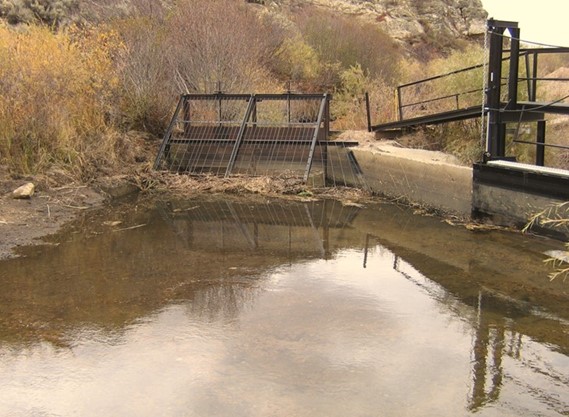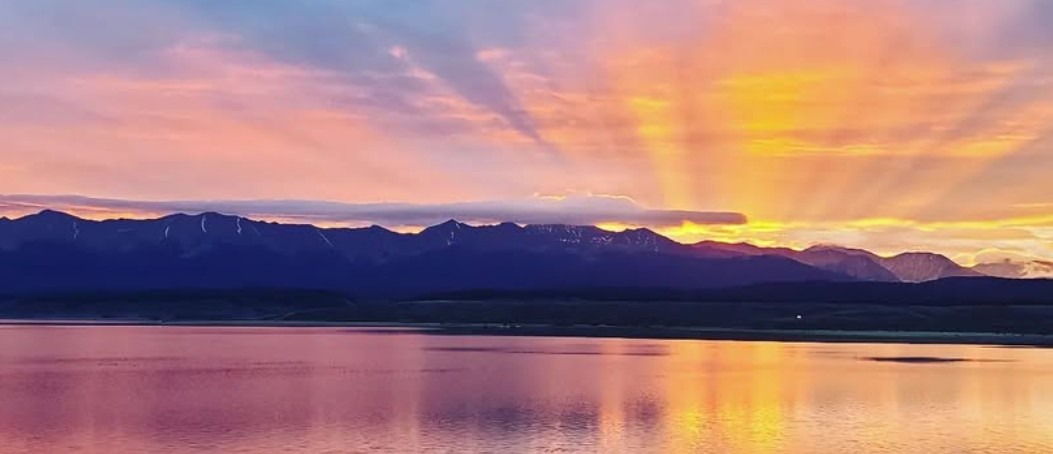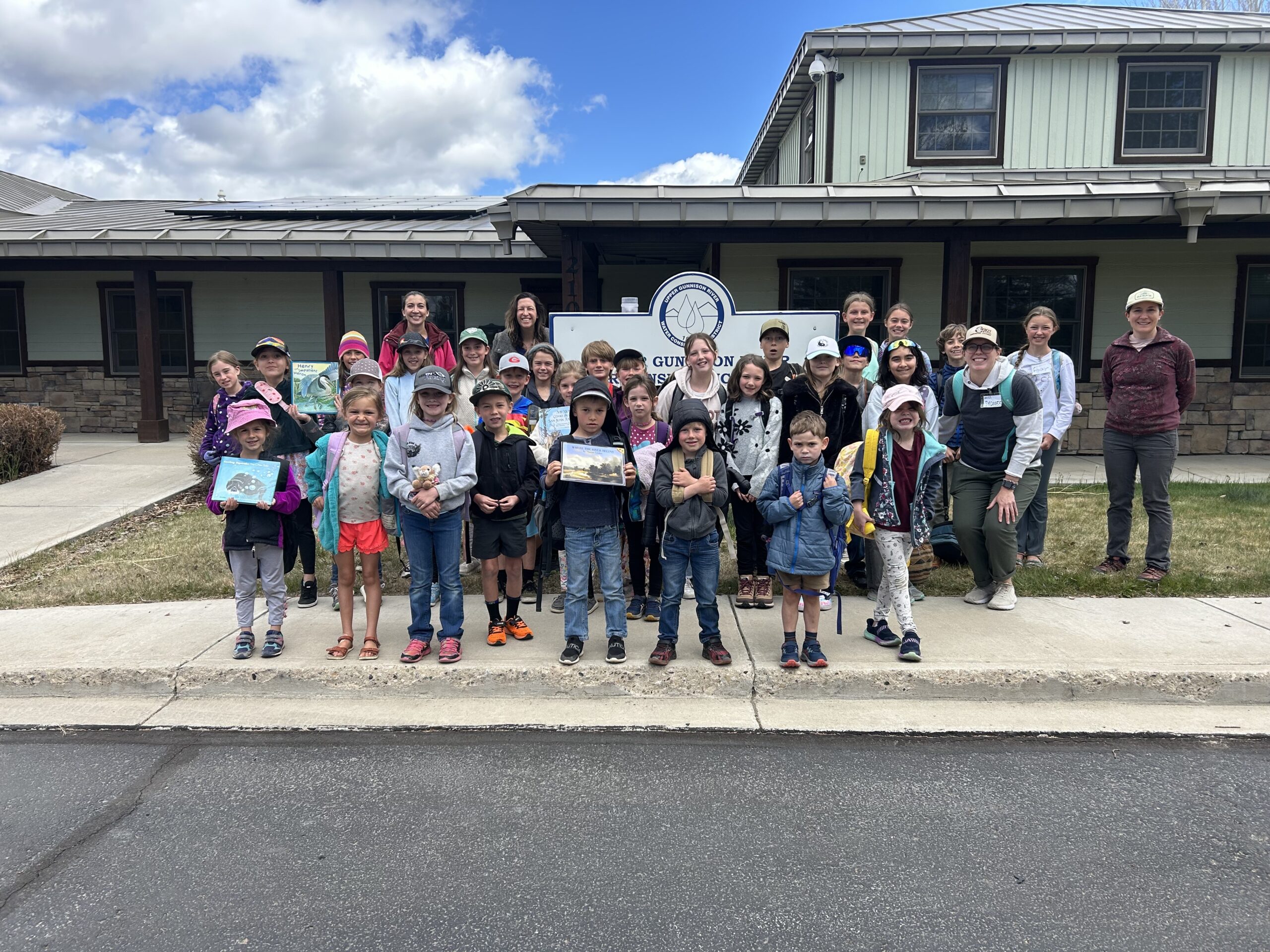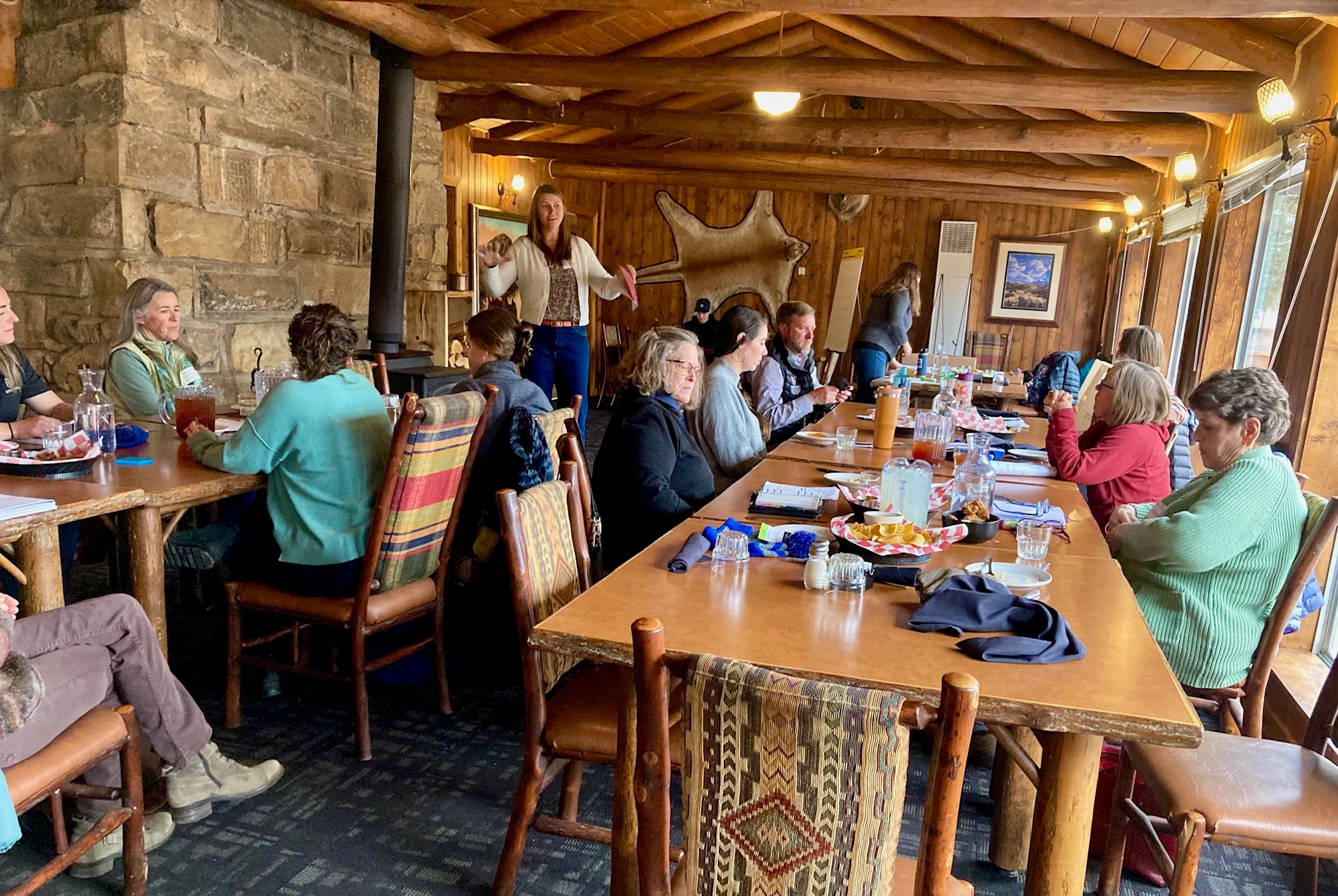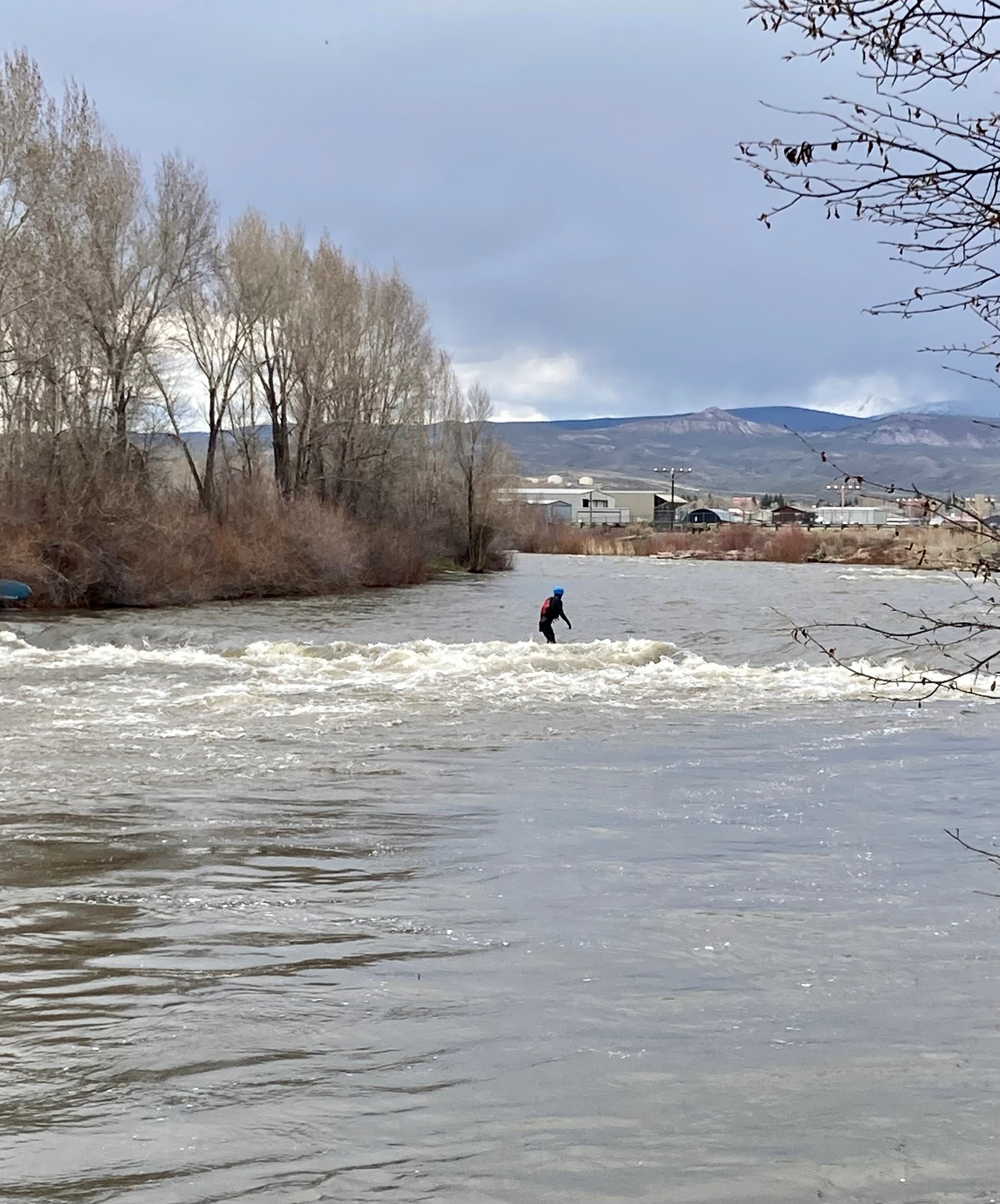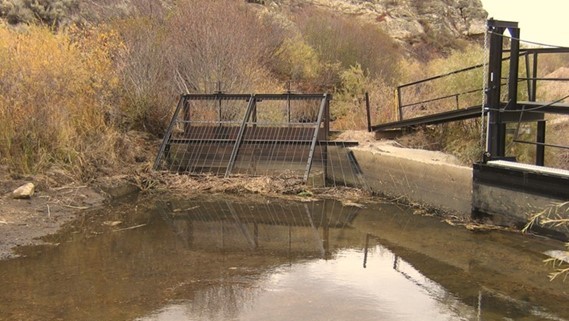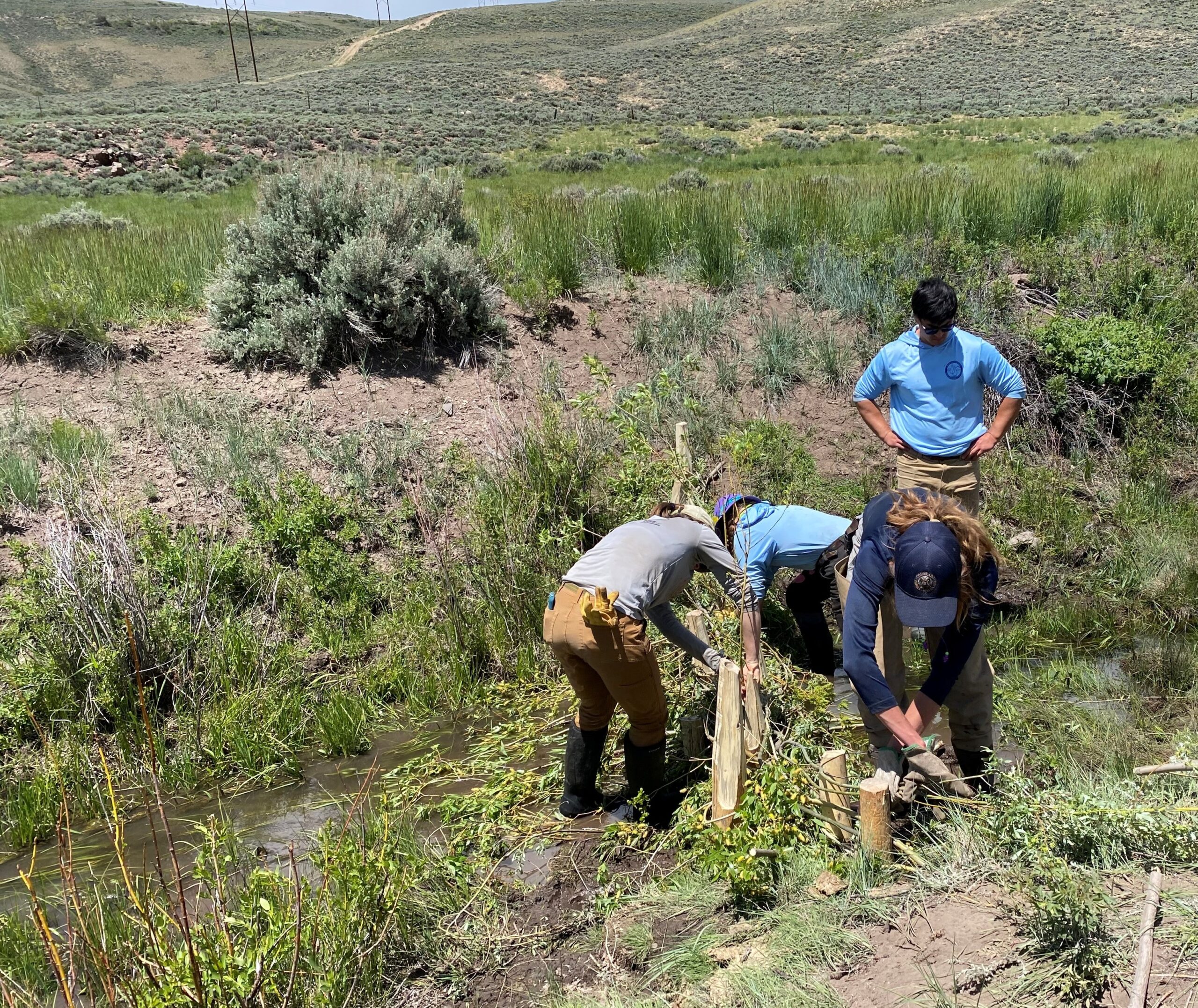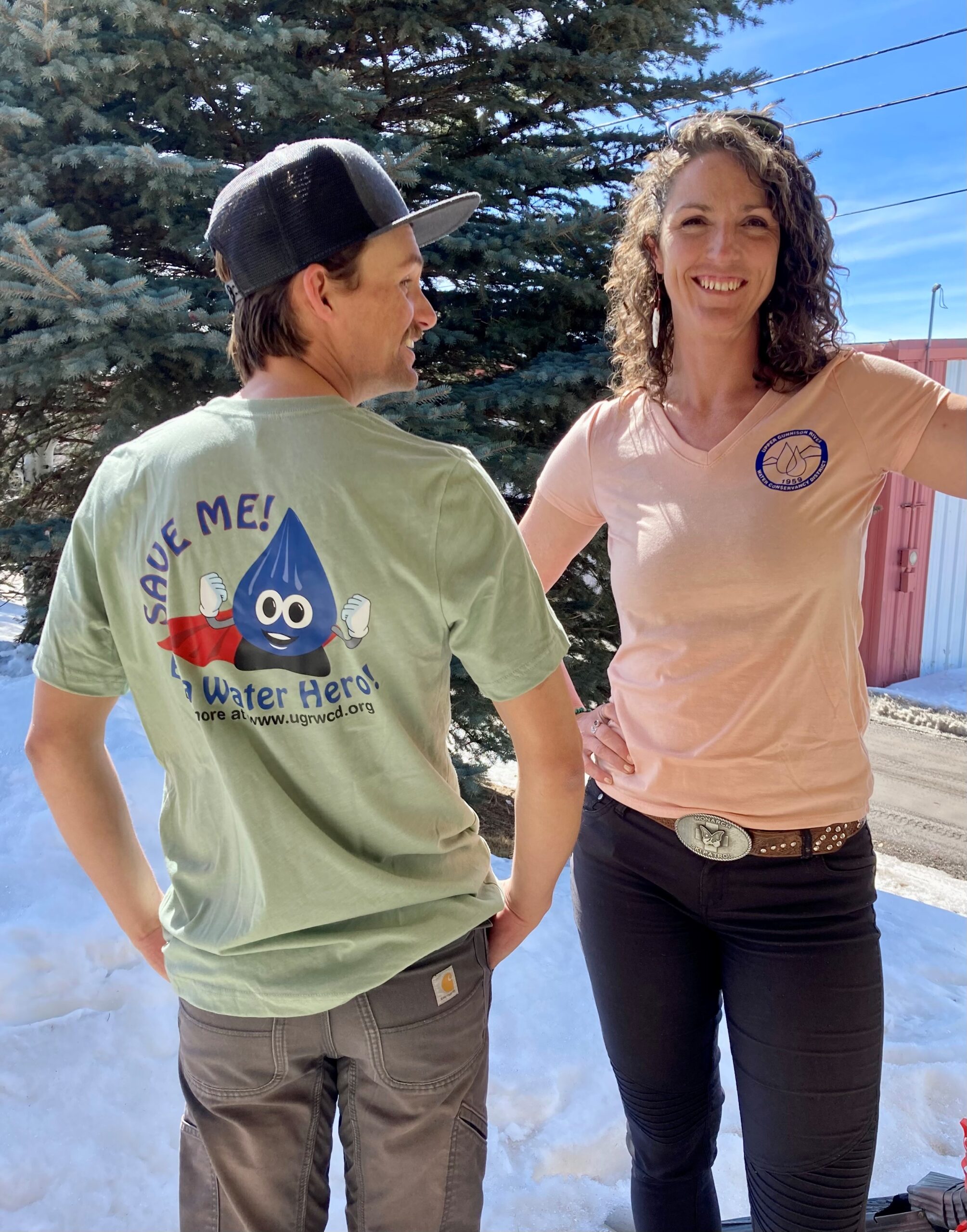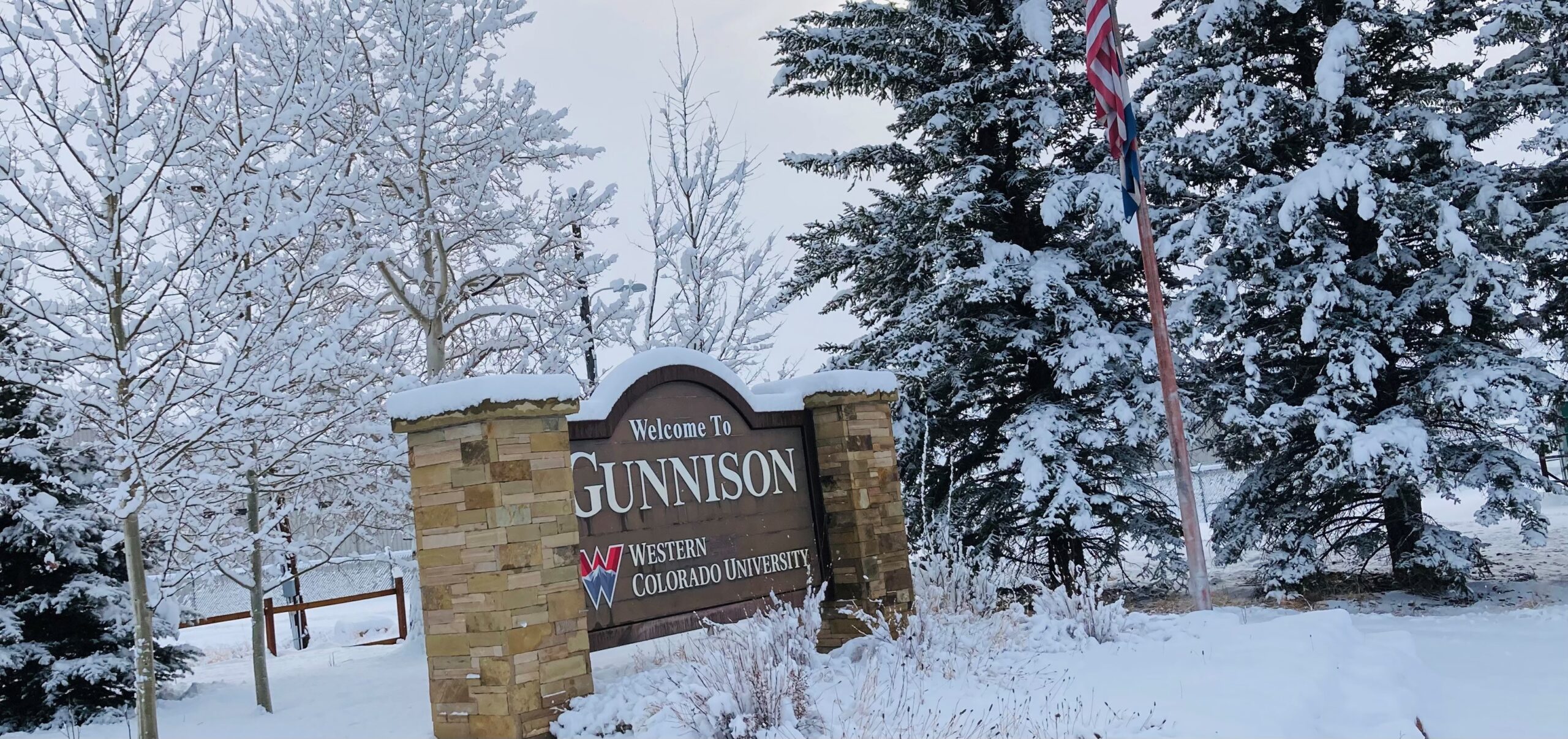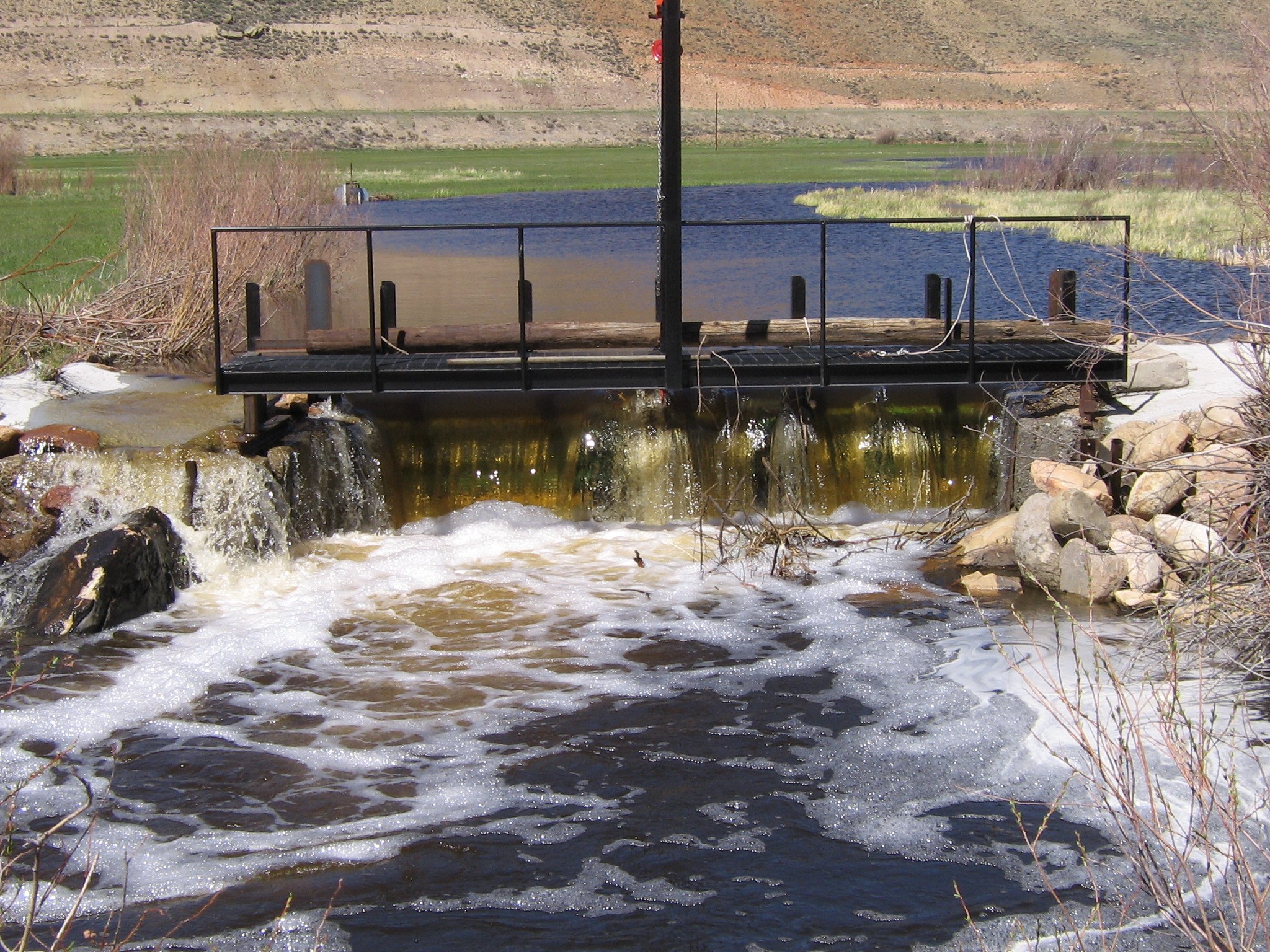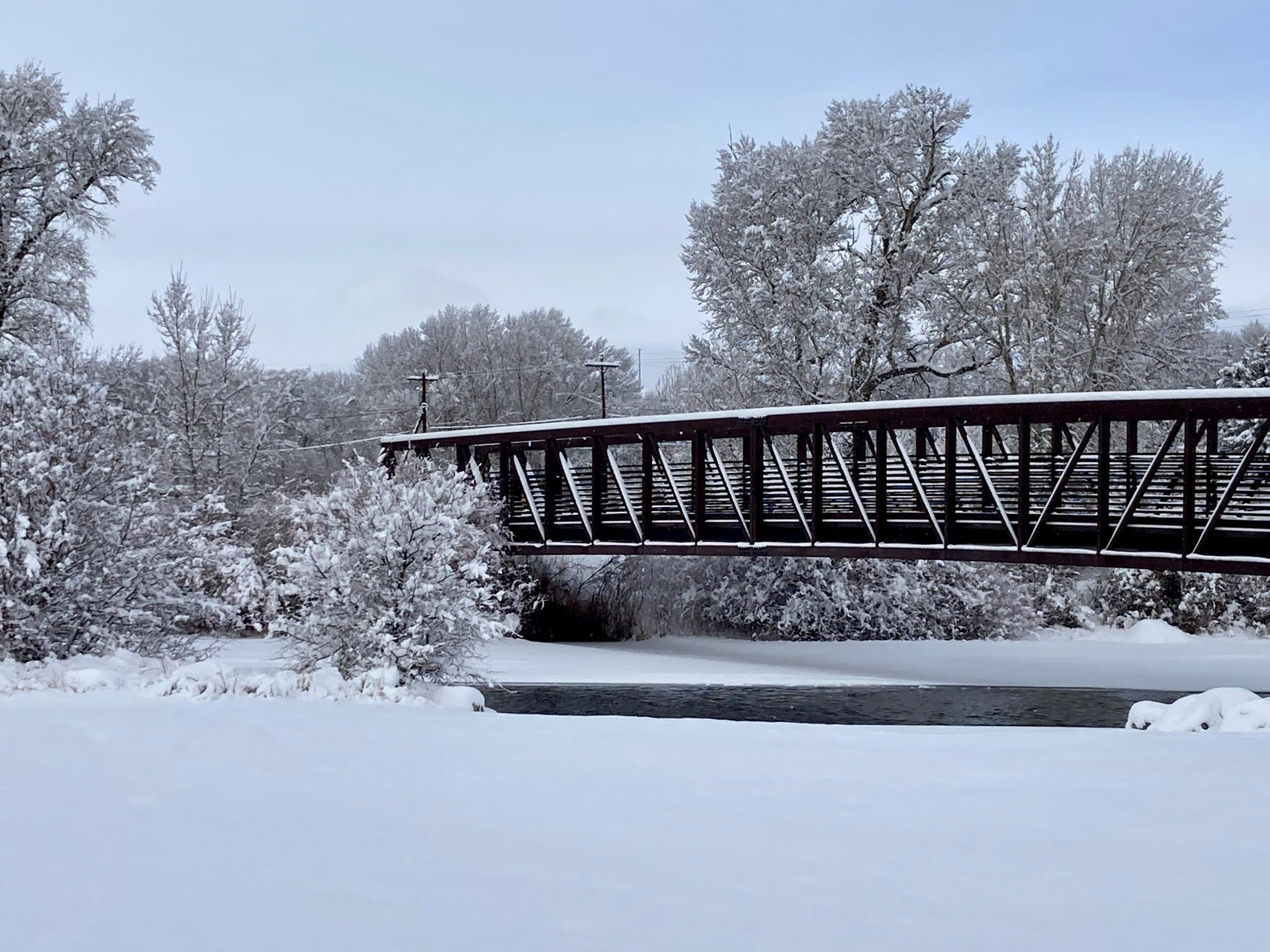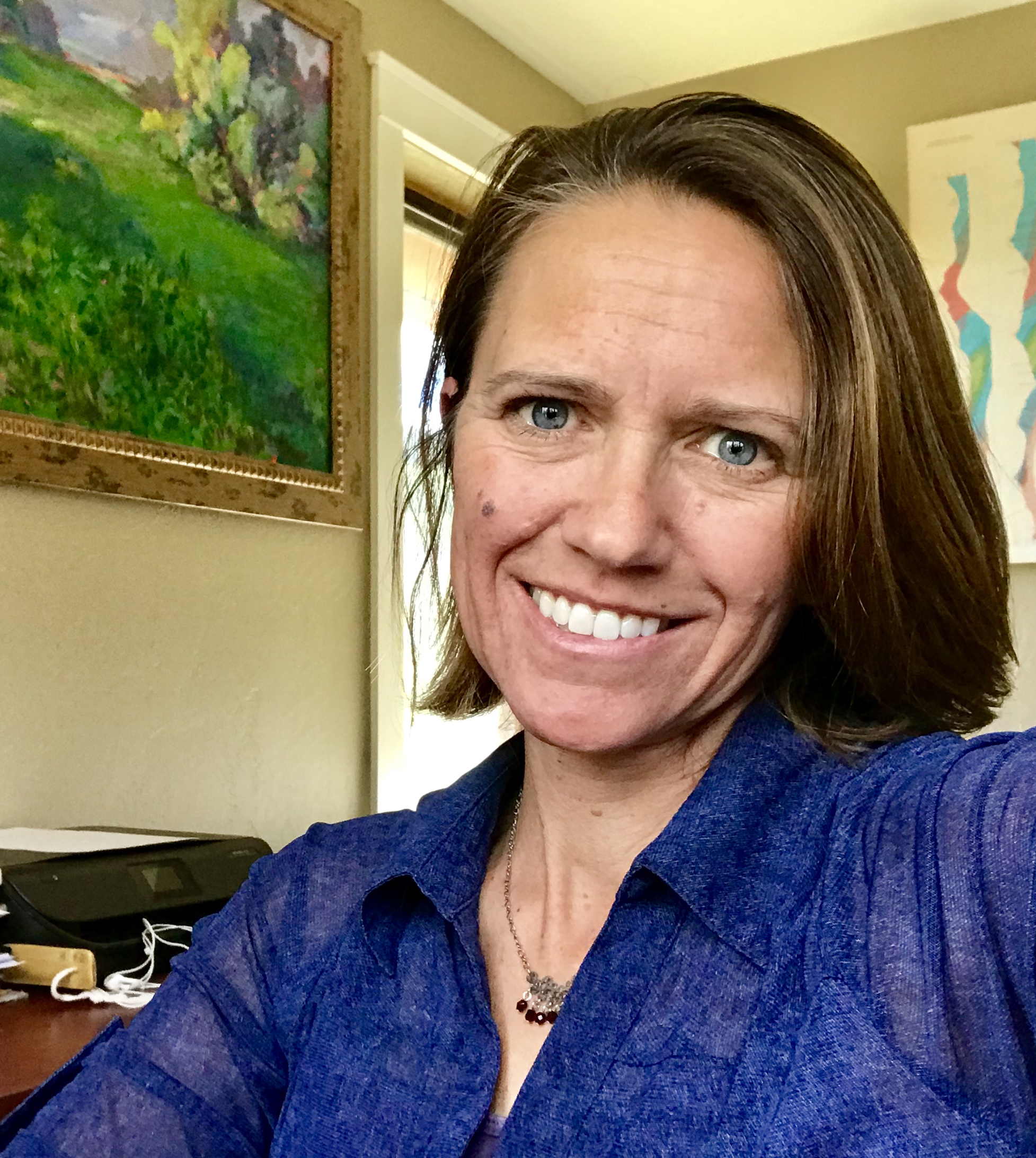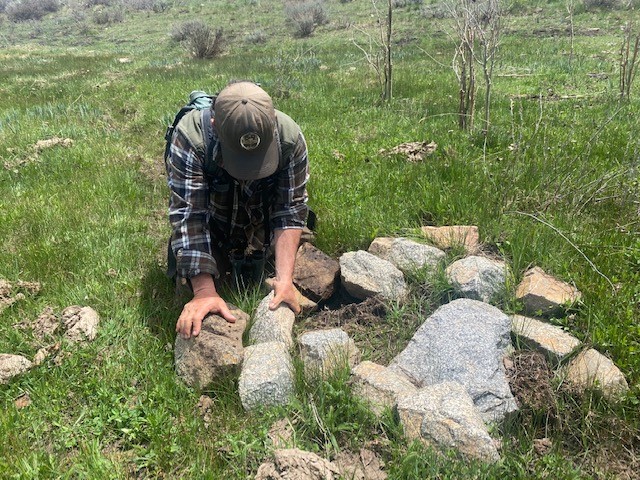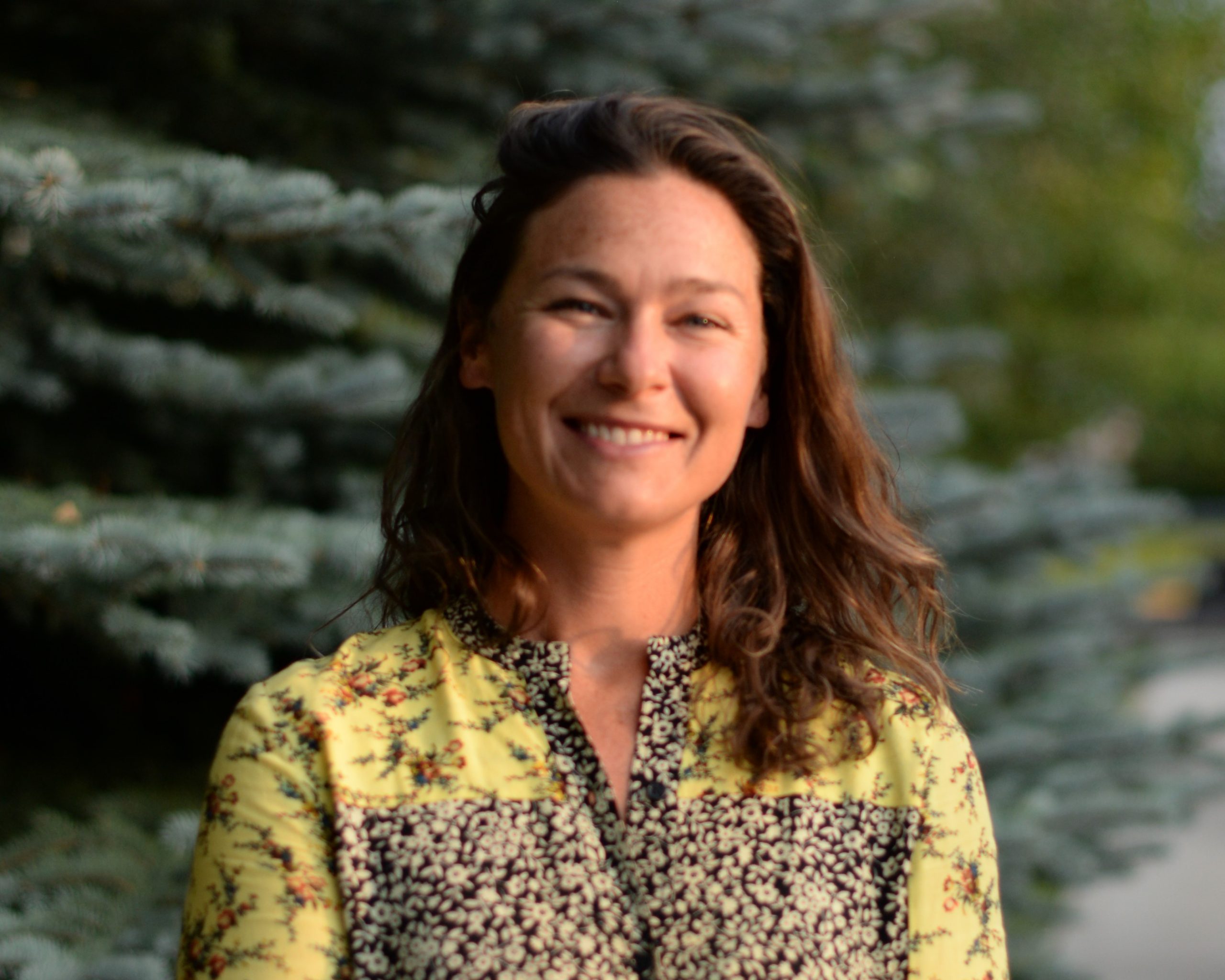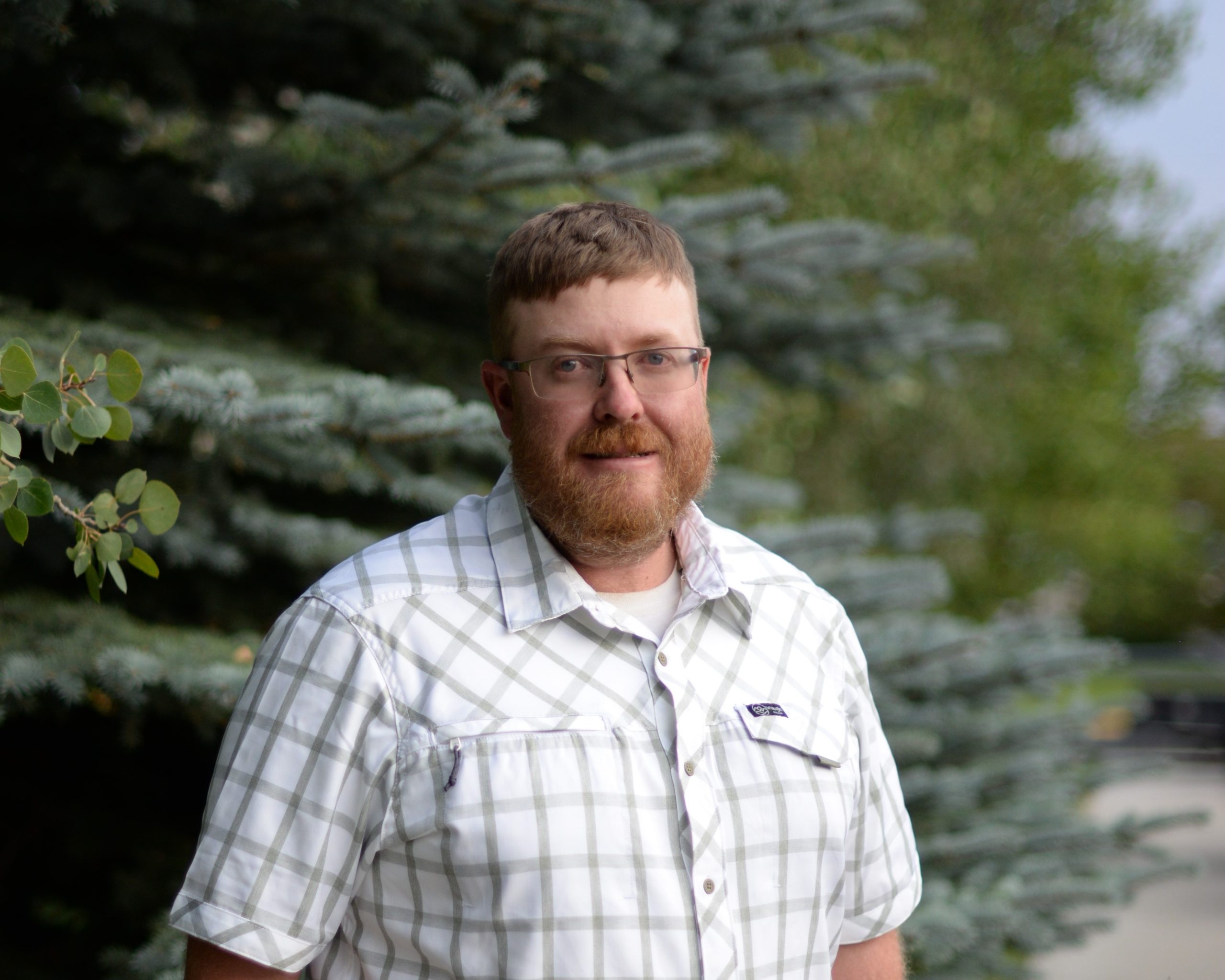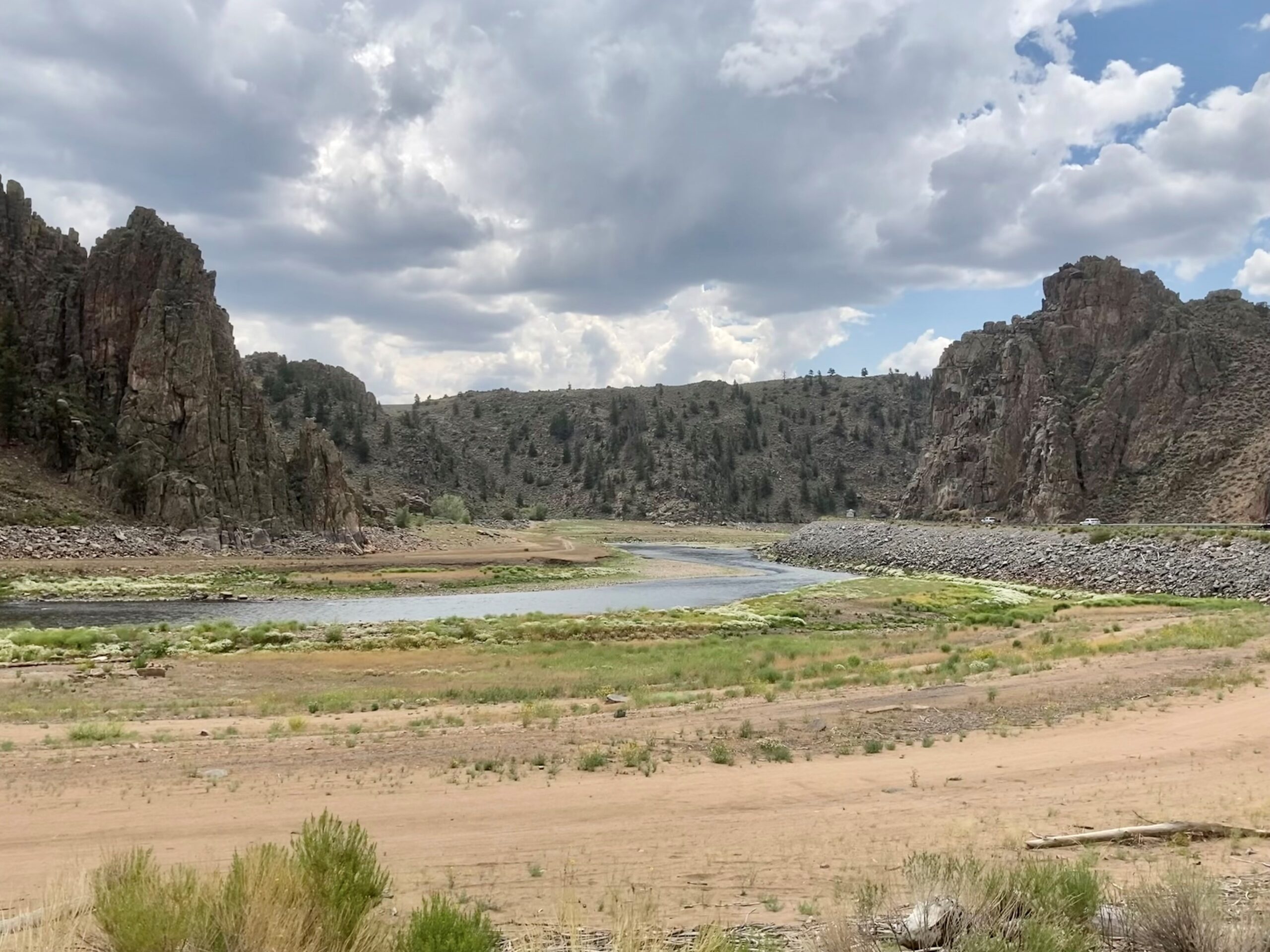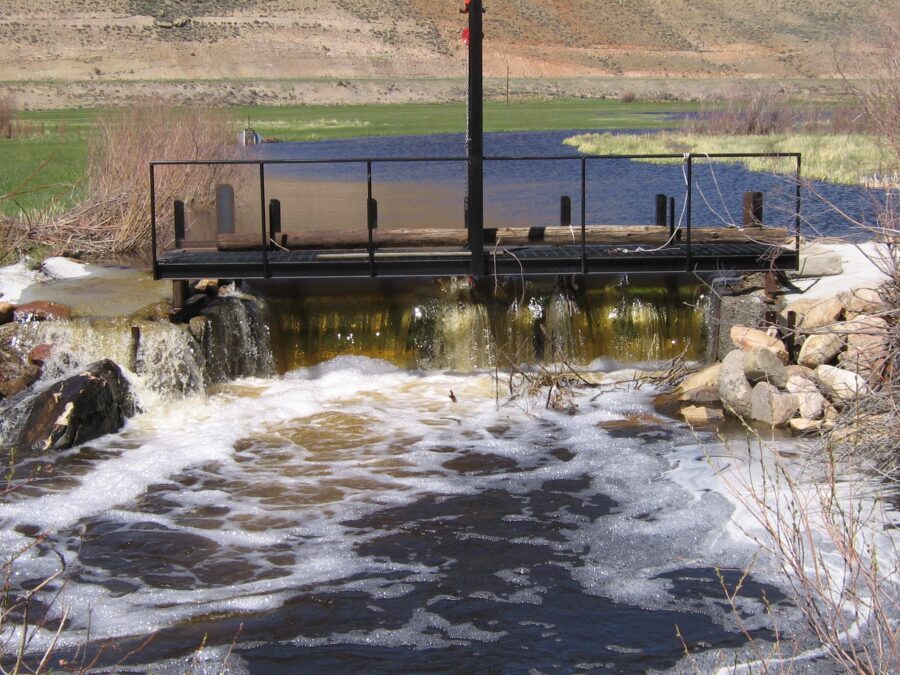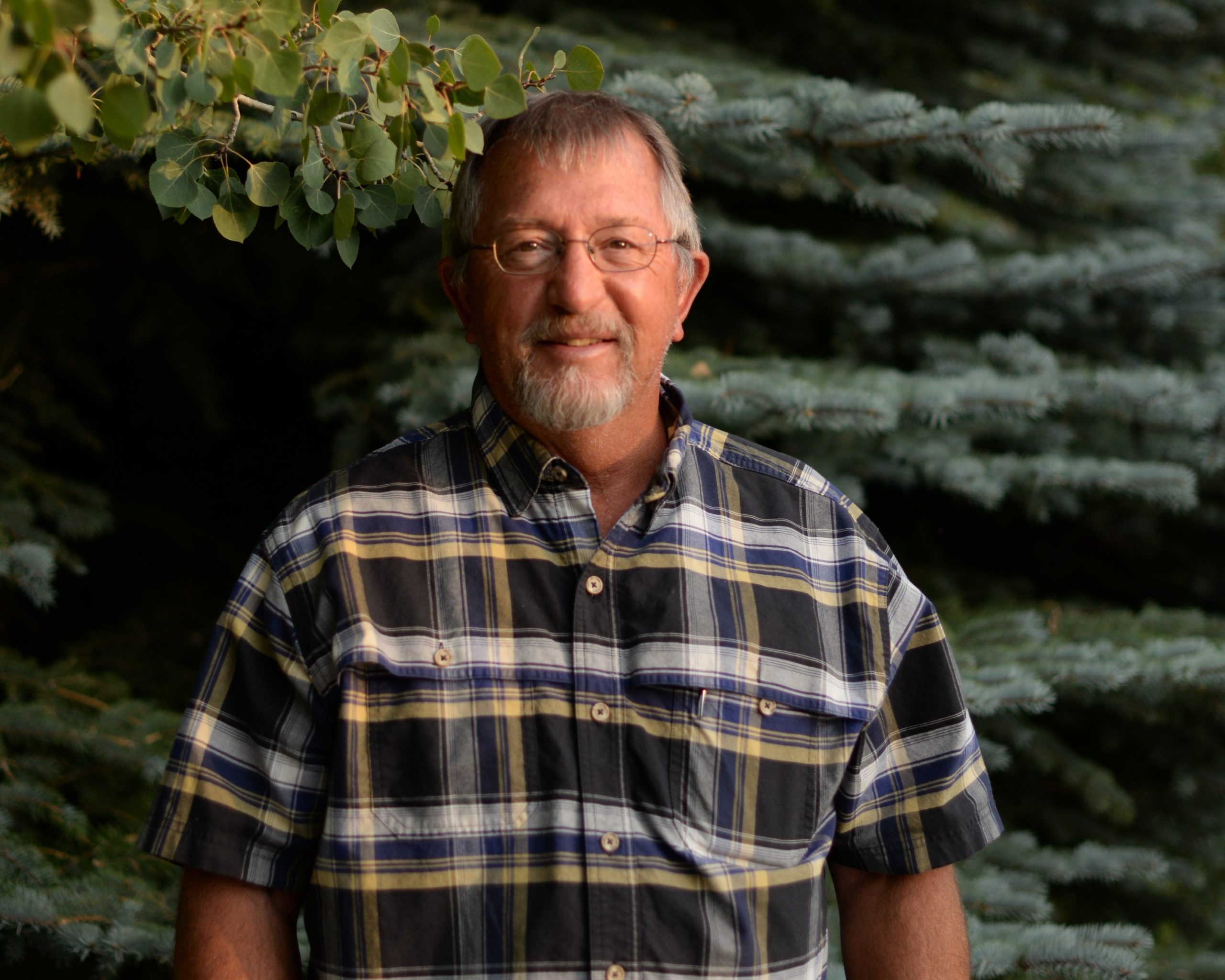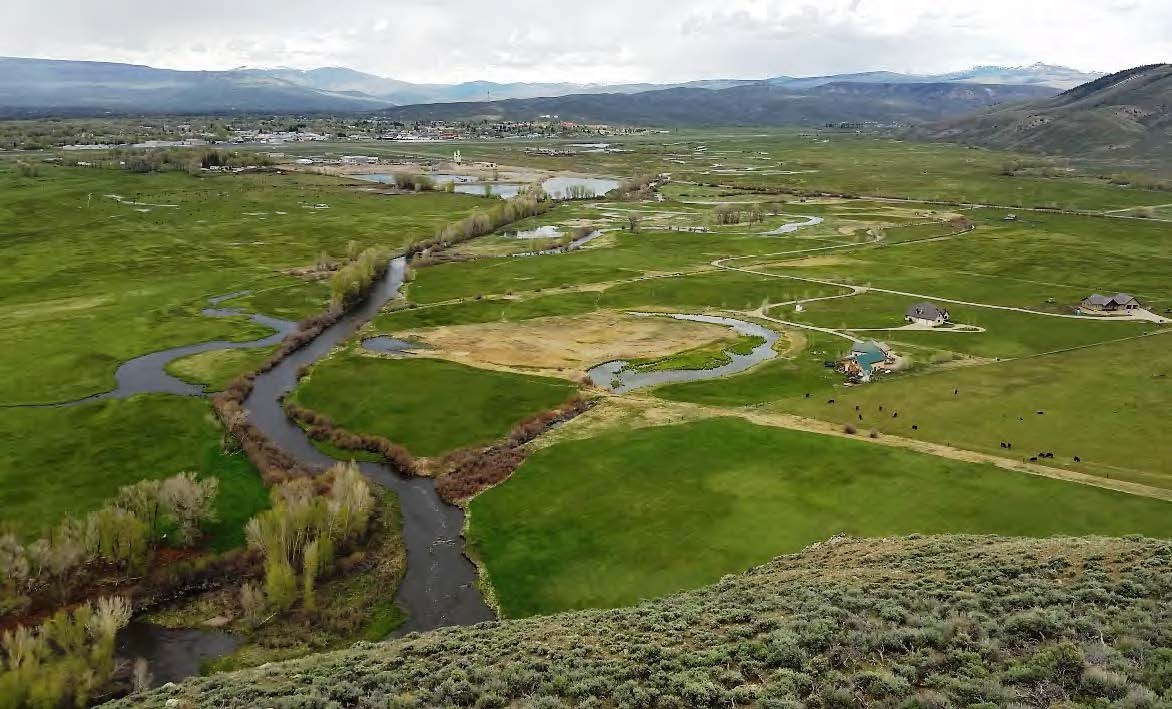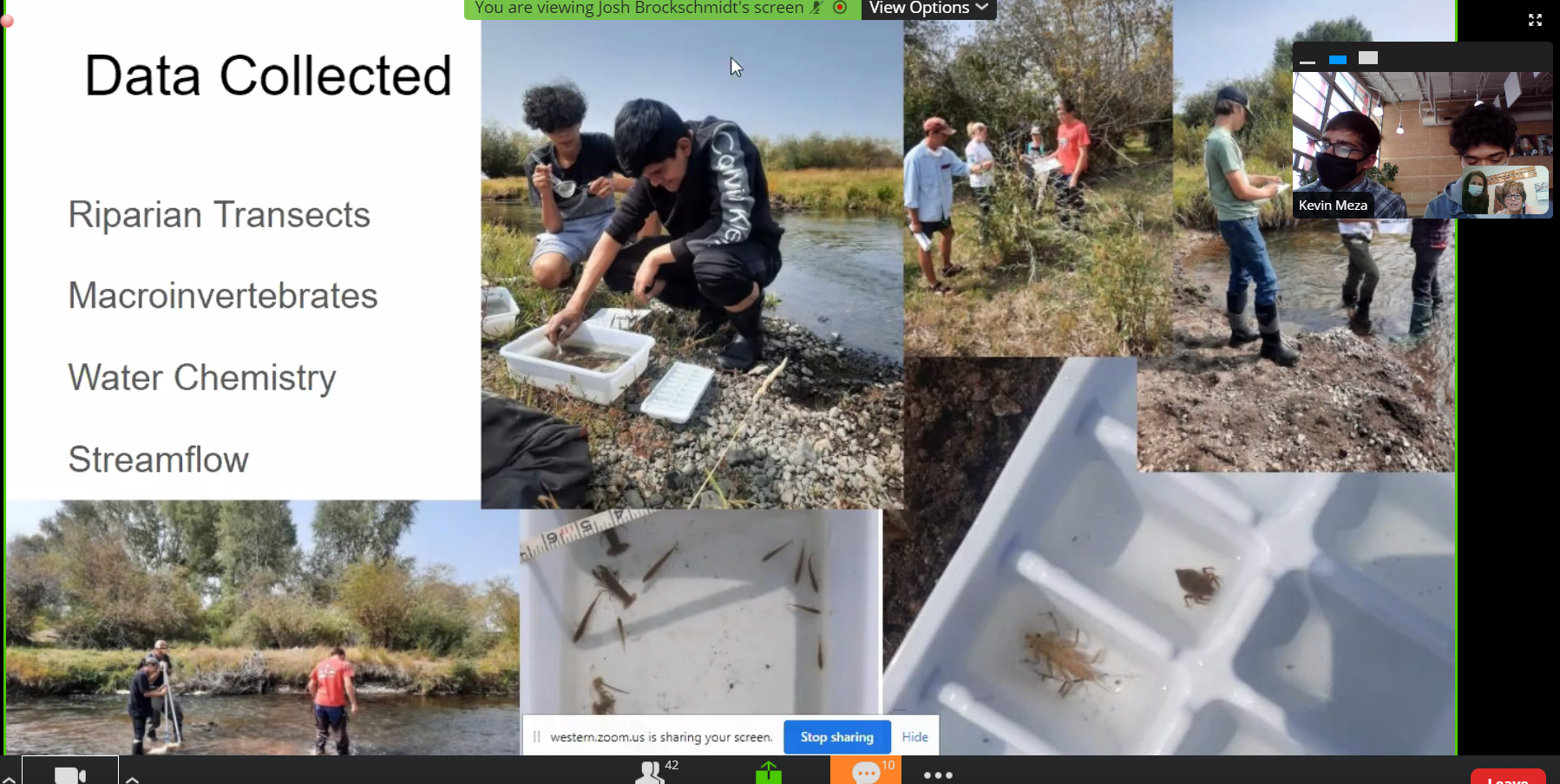UGRWCD AWARDS 2025 GRANT PROGRAM FUNDING
Snyder Ditch Project
2025 GRANT FUNDS SUPPORT NUMEROUS PROJECTS THROUGHOUT UPPER GUNNISON BASIN AS PROGRAM CONTINUES TO GROW
By Beverly Richards, UGRWCD Senior Program Manager
In 2025, the UGRWCD Grant Committee provided funding for nine applications in the amount of $238,420.
I was standing there looking at a trickle running down a very large ditch thinking, “Man, it’s going to be hard to irrigate with that.” It was the summer of 2012, and I was visiting with a ranch manager about options to improve his irrigation system and water delivery while also improving flows in Ohio Creek. As many remember, the snowpack that winter was pretty lean, and by the middle of June, there wasn’t much water left in many streams or ditches in western Colorado. From Jesse Kruthaupt, Trout Unlimited.
It is situations like the one above that are at the core of the Upper Gunnison River Water Conservancy District’s Grant Program. Since 2009, the Grant Program has provided funds to address many of the issues facing basin water users, including drought resiliency, and how these issues affect water use for everyone in our basin.
Our Grant Program was initiated by our Board of Directors in 2009 with a budget of $100,000. That year there were only two grant applications received for a total of $45,000 grant funds awarded. Since it was a brand-new program and many of our constituents didn’t have a good grasp of what the program was all about, we were pretty excited to see the two applications then and happy to fund a pond lining project and ditch rehabilitation project.
Since then, thanks to the success of many projects we have funded, the great outreach efforts of Jesse Kruthaupt and other consultants and, of course, the District’s education efforts, our Board has allocated triple the amount of funding available for grants since the program’s inception and continues to be hugely supportive of a variety of water projects. One thing that I am pleased to see is that a number of projects have been dipping into available technology to achieve the best possible results and achieve better management of our waters.
In fact, the number of applications and the requested funding amounts have steadily grown over the past 15 years with the 2024 grant year having a total of 17 applications and a total of $260,106 awarded for a wide range of projects. In 2025, we received a total of 14 applications with a whopping $470,420 in requests and $1.94 million in total project costs (applicants are required to contribute matching funds).
Over the years, the grant projects funded have included the development of a Watershed Management Plan at the Coldharbour Institute; numerous ditch headgate and diversion replacements; xeriscaping at the new Gunnison County Library, engineering for a new water system at the Wupperman Campground in Lake City; a harmful algal bloom study in Blue Mesa Reservoir; a virtual fence project through the Gunnison Conservation District; and a project to improve the municipal outdoor irrigation system in Crested Butte, to name but a few.
The District works closely with potential applicants to ensure that all of the I’s are dotted and the T’s crossed before their applications are submitted. As part of the program, we also provide engineering services for pre-feasibility assessments to make sure the projects are well-designed and cost estimates are realistic. These added services have made the program more efficient for the District and more effective for the project proponent. Even though we can still encounter hiccups along the way, such as trying to find a contractor or materials, which was definitely an issue during the pandemic, our District has been flexible enough to help applicants work through any issues and get their projects to completion with the least amount of delay.
Throughout the 15 years of the program, the District has awarded $2.4 million in funds for projects throughout the basin, leveraging $12.1 million in matching funds, with total project costs reaching the astronomical amount of $14.6 million. This District grant program has leveraged support from other sources outside the District which has resulted in long-standing, well-respected partnerships with agencies and organizations around the State, including the Colorado Water Conservation Board, the Colorado River Water Conservation District, Trout Unlimited, Natural Resource Conservation Service and a host of other outside funding sources. In addition, it has created many valuable personal relationships between District staff, consultants, engineers and the applicants. In these uncertain times when federal funding and support is questionable, the District’s grant program is bound to continue to grow in popularity and importance to the basin. Since these grant projects have a multi-beneficial trickle-down effect, pun intended, we look forward to seeing the program continue to grow and flourish for the betterment of our entire water user community!


